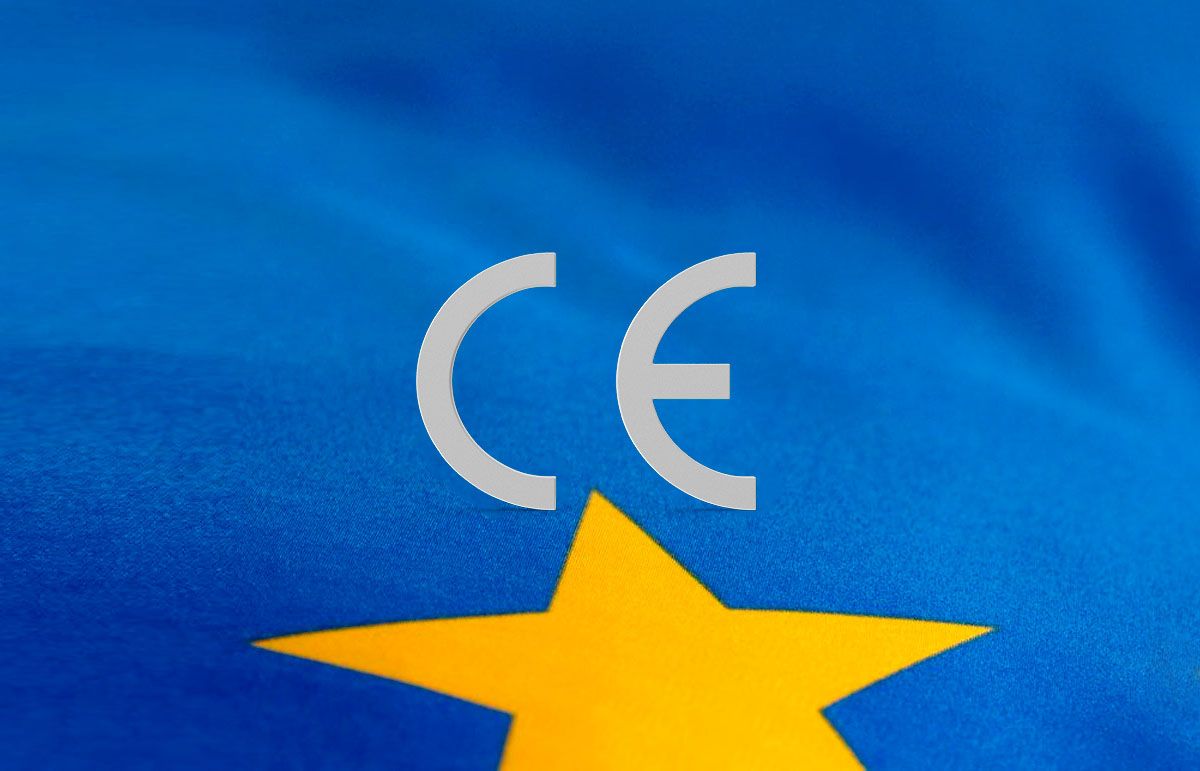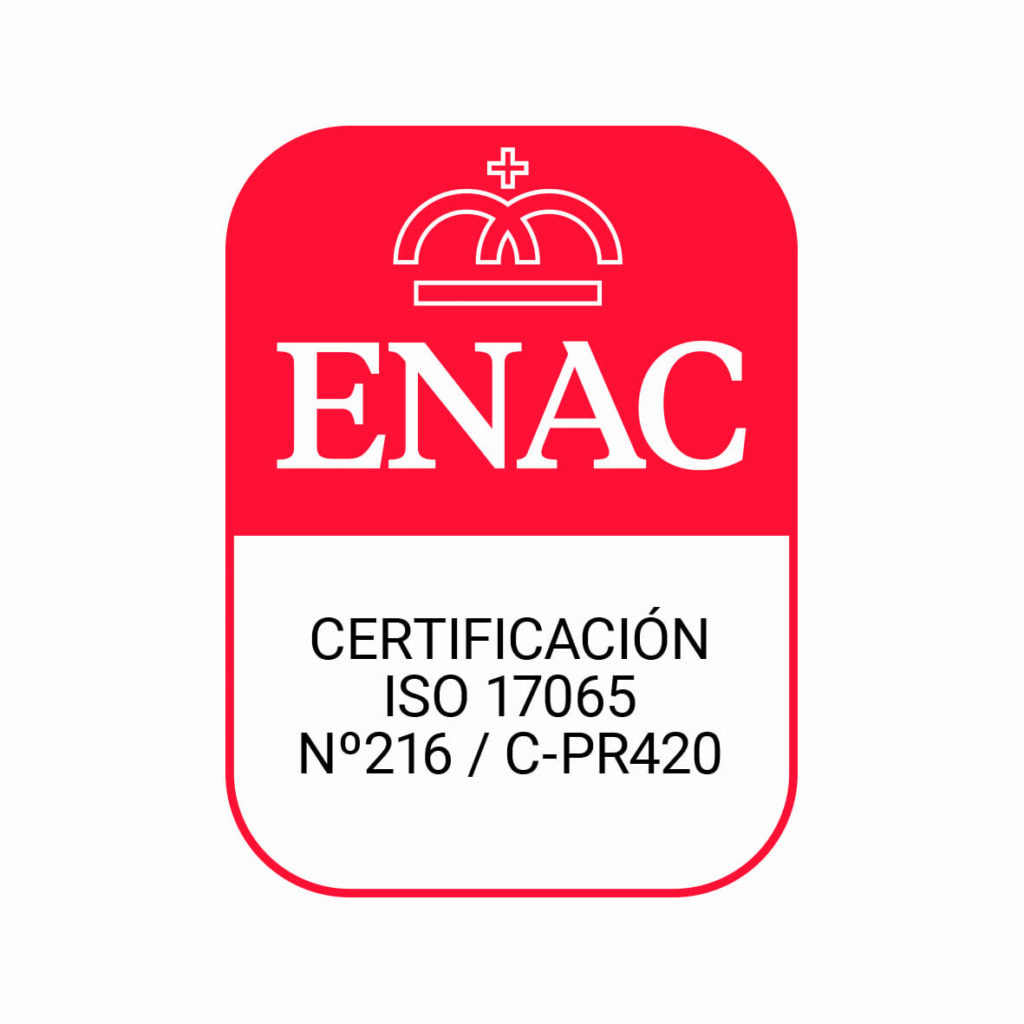services
Our labs are supported by a highly experienced team in testing, characterization and analysis of the behavior of various materials, adapting to the needs of a wide variety of sectors.
services
Our labs are supported by a highly experienced team in testing, characterization and analysis of the behavior of various materials, adapting to the needs of a wide variety of sectors.
Leitat is a Notified Body with no. 0162, recognized by the European Community and authorized by the Ministry of Industry, Energy and Tourism, to carry out the Conformity Assessment (CE marking) prior to its placing on the Community market of Personal Protective Equipment (PPE) included in the scope of accreditation 216/C-PR420 and in accordance with REGULATION (EU) 2016/425 of the European Parliament and of the Council to:

The CE marking indicates that a product has been evaluated by the manufacturer and is considered to meet EU safety, health and environmental protection requirements.
The CE marking is a necessary accreditation for products manufactured anywhere in the world that are marketed in the EU.
This type of marking is only mandatory for some products with EU specifications that require CE marking.
Before affixing the CE marking you must ensure that the product complies with all relevant requirements. It is forbidden to affix the CE marking on products that do not have EU specifications or that do not require such marking.
The CE marking must be affixed in such a way that it is visible, legible and indelible.
Both letters must be at the same height and not less than 5 mm (unless otherwise specified in the requirements of the respective product).
Changes can be made to the nomenclature as long as the proportions of the letters are respected.
In the event that the CE marking cannot be affixed to the product itself, it must be affixed to the packaging.

Safety gloves protect the hands when handling materials and tools, against blows, wounds, cuts, heat, electric current and contact with hazardous substances. When it’s necessary to protect the arms, the gloves should be long or complemented with false sleeves made of the same material.
At Leitat we certify the following protective gloves:
Thermal protective gloves protect from burns due to exposure to heat or flames (fire, contact heat, convective heat, radiant heat, and small splashes, among others).
Firefighter gloves protect hands and a part of the arm, designed to withstand fire during search and rescue.
Cold protection gloves protect against convective and conductive cold.
These gloves are designed to provide excellent protection during motorcycle riding, made from high-resistance materials and require several types of protective features.
Another key benefit of using this type of gloves is protection from the elements, whether it’s the sun, wind, cold, rain, or other outdoor factors.
In some cases, hands may sweat, and wearing unsuitable gloves could lead to an accident, as the skin may slip on the rubber, causing a loss of grip and sensitivity.
Protective clothing is a substitute for personal clothing, designed to provide protection from external hazards or risks that threaten the health or safety of the individual.
At Leitat we can certify the following types of protective clothing:
Visibility-enhancing PPE is essential and mandatory personal protective equipment in many workplaces.
This type of PPE is used when a person is in conditions of low or medium visibility and is at risk. Therefore, the clothing has to have a specific fluorescent and reflective treatment, ensuring visibility to others.
The materials that make up these PPE are fluorescent and reflective.
These high-visibility materials must cover a certain area of the garments in order to be classified as PPE based on the level of protection provided.
The colors used are yellow, orange and red, and must have the color level established by the regulations.
Thermal protection PPI is designed to protect workers from the hazards associated with heat/flame or cold.
Firefighter protective clothing is designed to protect firefighters during interventions where they fight fires or engage in related activities.
The set of safety clothing must be supplemented with fire PPE and suitable personal protective equipment to fully protect the worker.
This type of protective clothing must meet a series of requirements stipulated in the current regulations.
Users wear protective clothing against chemicals to prevent them from coming into direct contact with the skin. This is a way of controlling an exposure risk when it has not been possible to eliminate or reduce it to optimal levels, thus making the use of such PPE necessary.
There are different types of chemical protection clothing:
| 1a | Against gases and vapors. Hermetic |
| 1b | Against gases and vapors. Hermetic |
| 1c | Against gases and vapors. Hermetic and positive pressure |
| 2 | Against gases and vapors. Non-hermetic and positive pressure |
| 1a - ET | Against gases and vapors. Hermetic, intended for emergency teams |
| 1b - ET | Against gases and vapors. Hermetic, intended for emergency teams |
| 3 | Against liquids in the form of a jet |
| 4 | Against sprayed liquids |
| 5 | Against solid particles in suspension |
| 6 | Against splashing liquids |
| PB [3] and PB [4] | Partial body protection. Type 3 and 4 material |
| PB [6] | Partial body protection. Type 6 material |
Electrostatic garments are designed to protect the user and products in jobs where there is a risk caused by static electricity.
For work where there is a risk of incendiary discharges caused by static electricity. Protective clothing must comply with current regulations, which indicate the minimum requirements to be met.
If you are an industrial worker or work in the inspection and installation of electronic components, it is important that you protect yourself against static electricity and electrostatic discharge with work clothes with electrostatic properties.
his is essential for your own safety, but it is also important in terms of protecting equipment, products and machines that are especially sensitive to static electricity.
Leitat is a Notified Body no. 0162, authorized by the Ministry of Industry, Energy and Tourism to carry out the Conformity Assessment (CE marking) of Personal Protection Equipment (PPE) for Modules B and C2, according to REGULATION (EU) 2016/425 of the European Parliament and of the European Council:
In compliance with point 4.6 of the UNE EN ISO/IEC 17065 standard, the following information is available upon request by emailing calidad@leitat.org:


All personal protective equipment (PPE) must be placed on the European market in accordance with the regulations laid down in Regulation (EU) 2016/425.
Regulation (EU) 2016/425 determines the essential safety requirements to be met by products and procedures before placing PPE on the internal market.
In this way, Regulation (EU) 2016/425 facilitates the free movement of PPE in the internal market with due respect for the minimum requirements relating to consumer safety (the so-called fundamental requirements). The technical elaboration of the basic requirements itself is based on harmonized European standards, which confer a presumption of conformity with the legislation.
The manufacturer is obliged to affix the CE marking on its equipment as a visible indication of conformity with the fundamental requirements.
Regulation (EU) 2016/425 uses notified bodies such as Leitat for a number of tasks. This is the case for the EU-type examination (module B) of PPE belonging to categories II and III and for the production control of PPE belonging to category III (module C2 or D).

These types of guards are designed to decrease the kinetic energy in a blow, preventing fractures, bruises, cuts, abrasions, lacerations, scratches and physical damage, as long as they are well-designed and properly positioned.
Phone. (+34) 937 882 300